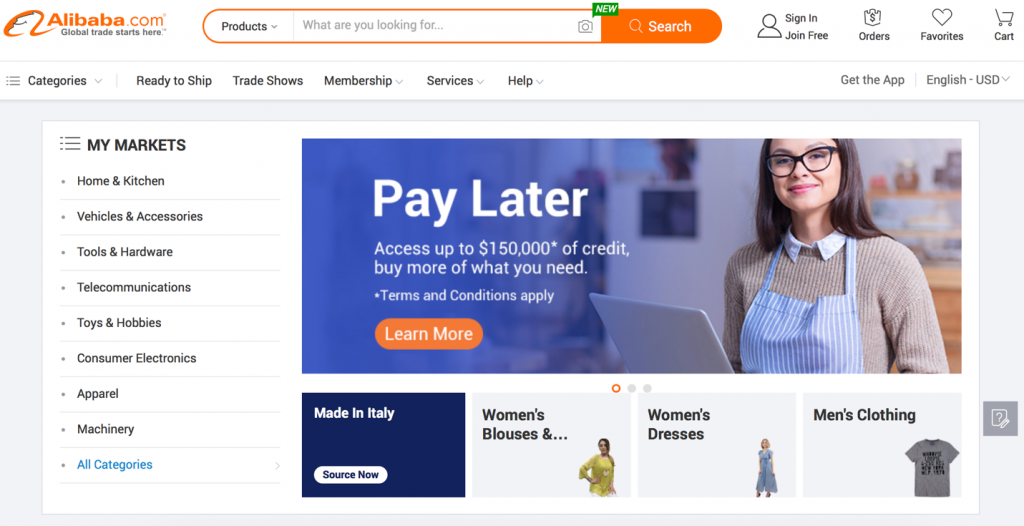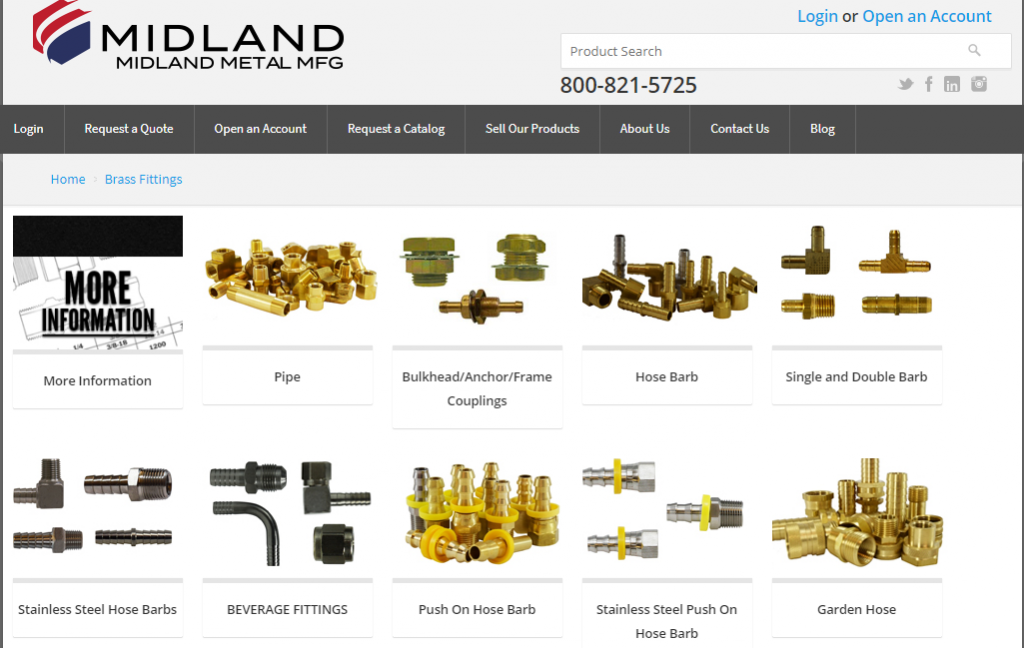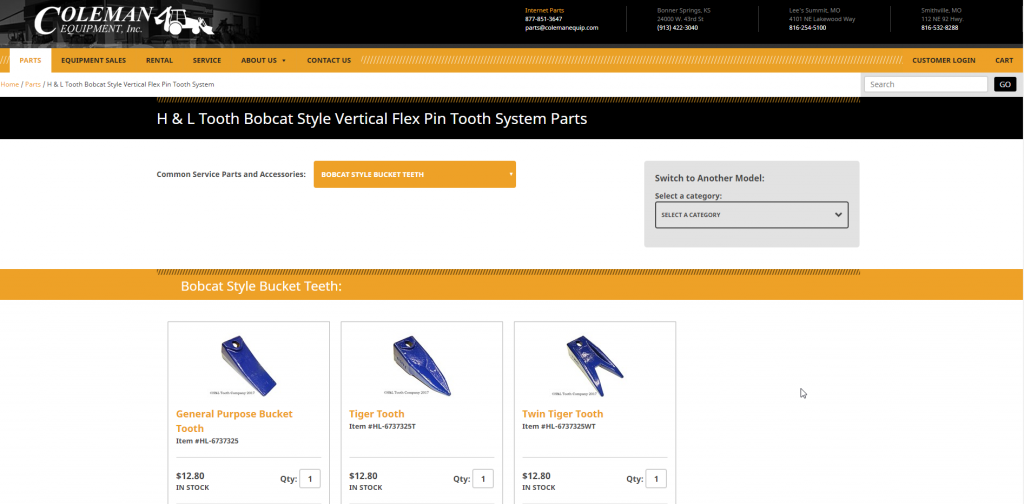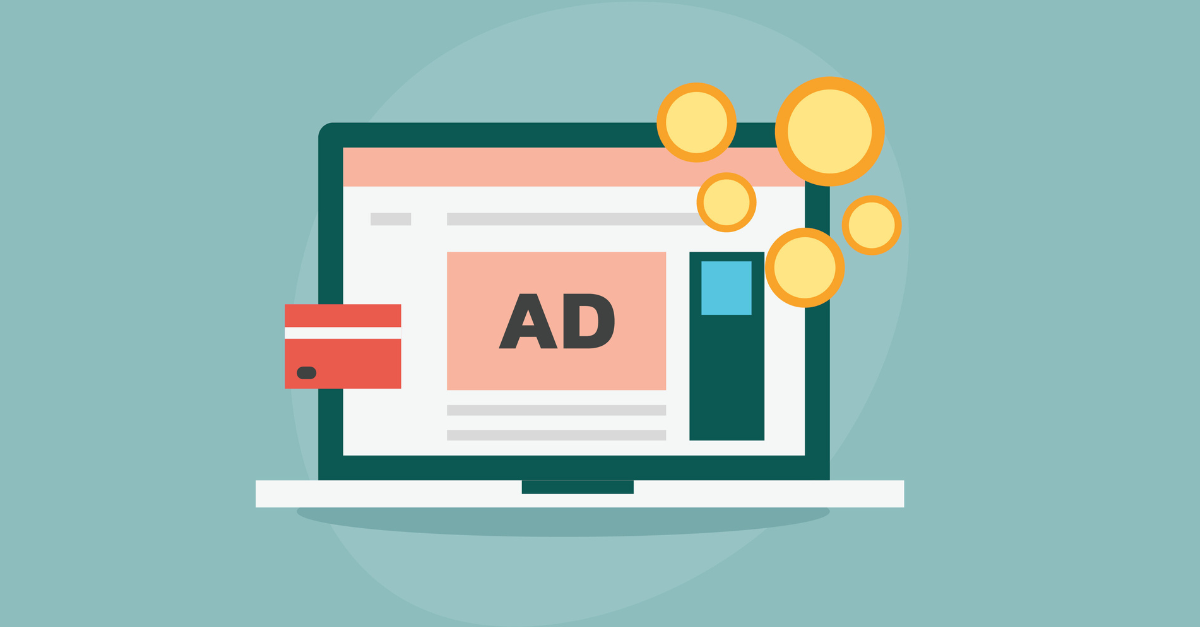Move over, B2C. Ecommerce isn’t just for you anymore. B2B ecommerce sales through online marketplaces and websites are on the rise, growing 11% in the last year, and surpassing $1 trillion in sales. Not only is it important for business-to-consumer brands to have an ecommerce function to keep up with the demand these days, but with 74% of buyers doing research online before making a purchase, it’s becoming increasingly more important for business-to-business brands to follow suit. In this digital age, everyone wants the convenience of popping onto a website, filling our virtual cart with the things we want and need, making the purchase, and having the items in our hands in (what feels like) the blink of an eye.
You might be wondering, “what types of B2B companies should have an ecommerce site?” Let’s talk about that. If you’re a wholesale distributor or manufacturer with businesses who function as retail buyers, and you’re looking to grow your business, you probably want to have an ecommerce site. In fact, the B2B ecommerce industry is twice as big as the B2C side and is continuing to grow. B2B orders have higher average order values, as buyers are usually buying in bulk, purchasing hundreds or even thousands of an item in one transaction. Not only that, but the B2B buying experience in general has changed, and so has the typical B2B buyer. In fact, half of all B2B researchers and buyers are millennials. This means they want easy, painless, streamlined ordering, and they want it fast. 30% of buyers are making their purchases online, which makes having an ecommerce site imperative for your business.

By now, I’m sure you’re thinking “cool, now I have to keep up with these pesky B2C sites. How can I make sure my site is ‘hip’ and ‘with it’?” Well, consistent branding is a good place to start. In order to build and establish trust with your customers, make sure you’re sticking to your brand fonts, colors, designs, and logos all throughout your site.

Design aspects aside, you want to make sure you’ve created an intuitive, easy-to-navigate site, so your buyers can find the products they’re looking for. Having a search bar, product filters, and product categorization is essential to creating that prime experience. There’s nothing more frustrating for ANY buyer than being unable to find what they’re looking for on your ecommerce site. Keep in mind individual product pages can also be used effectively in paid search campaigns (which are essential for B2B ecommerce success) and will likely improve your overall SEO rankings.
You should also be sure to have a seamless, optimized mobile experience. 42% of B2B customers use mobile devices during their purchasing process. This means you’ll want to deliver consistency whether your customer is ordering from a desktop or a smartphone. Remember that most people shop on their phones and buy on their desktops, so check that the user experience is pleasant and facilitates comparisons, similar products, and “upsell” opportunities for add-on products.

For my final point, here’s a high-level overview of where to start when implementing your B2B ecommerce site:
- Start with a research and discovery phase. Gather as much information as possible.
- Identify your goals, prioritize them, and define your KPIs so you can measure progress. A few good indicators to track would be order size, order frequency, and sales cycle length.
- You will want to plan how to leverage your internal resources – it takes a village to build an ecommerce site! Make sure your team has a clear idea of roles and responsibilities.
- Don’t forget about marketing automation! Once you set up an ecommerce shop, you have opportunities to create abandoned cart campaigns, new product alerts, win-back campaigns for previous buyers, and more—just like the B2C ecommerce giants do every day. Personally, we recommend the emfluence Marketing Platform for these purposes.
- Last, but not least, is platform selection. Some of the top B2B ecommerce platforms in 2019 are BigCommerce, Magento, and Shopify. The ecommerce platform you choose will decide the customer experience you’ll be delivering, and if you’ve learned one thing from this post, it’s that your customers will want the most seamless experience possible. So, deliver it to them!
For further information on B2B ecommerce, reach out to us at emfluence!



